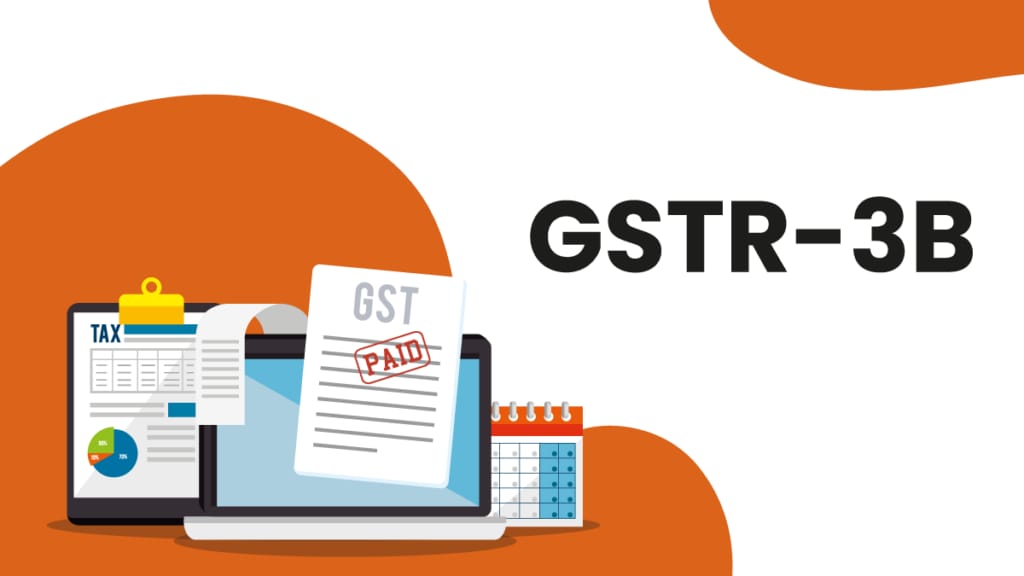
📰 GSTN Advisory: Auto-Populated Liabilities in GSTR-3B to Become Non-Editable from April 2025 | Aaerm Law Associates | June 7, 2025
The Goods and Services Tax Network (GSTN) has released a crucial advisory, bringing significant changes to the GSTR-3B filing process starting from the April 2025 tax period. As per Advisory No. 606, taxpayers will no longer be able to edit auto-populated liabilities in Form GSTR-3B.
This update aims to improve filing accuracy, reduce errors, and align liabilities with the data reported in GSTR-1, GSTR-1A, and the Invoice Furnishing Facility (IFF).
📌 Key Highlights of the Advisory
- Implementation Date:
The new rules will apply from the April 2025 tax period, for which GSTR-3B must be filed in May 2025. - What Changes:
The values auto-filled in Table 3.2 of GSTR-3B will become non-editable. These relate to inter-state supplies made to:- Unregistered persons
- Composition taxpayers
- UIN holders
- Data Source:
The GST portal will extract these values directly from returns filed under GSTR-1, GSTR-1A, or IFF. - Correction Method:
Taxpayers must now correct mistakes before filing GSTR-3B by using GSTR-1A or making timely amendments in GSTR-1/IFF.
📊 Implications for Taxpayers
This advisory brings several operational and compliance-level implications for businesses:
- No Manual Edits:
Unlike before, taxpayers cannot adjust their tax liabilities manually in GSTR-3B. The data will reflect exactly what was declared earlier. - Higher Scrutiny on GSTR-1:
Since GSTR-3B relies on GSTR-1 and IFF data, any discrepancy will directly affect your tax calculation. - Amendments Only via GSTR-1A:
Mistakes must be corrected using GSTR-1A before filing GSTR-3B for the same month. - Delayed Corrections = Compliance Risk:
If a correction is missed during the same period, it will require amendments in the following month’s return, increasing the risk of interest, penalties, or audits.
🛠️ What Taxpayers Should Do Next
To stay compliant and avoid issues, businesses should take the following actions immediately:
- 🔍 Reconcile Before Filing:
Compare your sales data with the values in GSTR-1 and IFF before the GSTR-3B auto-populates. - ✏️ Use GSTR-1A for Corrections:
If you identify an error, use GSTR-1A promptly to fix it. GSTR-3B should only reflect the final, verified data. - 📅 Follow Filing Timelines Strictly:
File all returns on or before their due dates to avoid system lockouts and automatic rejections. - 📘 Maintain Proper Records:
Maintain updated and clear books of accounts. This reduces the chance of mismatches in outward supply declarations. - 🧾 Consult a GST Expert:
Complex returns or frequent amendments may require expert help to remain within the framework of compliance.
📂 Background Context & Earlier Warnings
GSTN has been gradually enhancing return integrity by reducing manual intervention. Notably:
- October 17, 2024: GSTN issued an early alert on upcoming automation.
- January 27, 2025: A detailed advisory was released hinting at GSTR-3B reform.
This latest advisory is the formal execution of that roadmap.
⚖️ Legal and Business Ramifications
Ignoring this change can lead to several consequences:
- System Rejection of Returns:
Errors in GSTR-1 that go uncorrected will carry over. Since GSTR-3B is now locked, it may reflect wrong liabilities. - Disrupted Input Tax Credits (ITC):
Mismatches can delay or disallow ITC for your recipients, damaging business relationships. - Increased Audit Risk:
Errors in outward supply declarations could trigger investigations or notices from tax authorities.
✅ Conclusion
The GSTN’s decision to make auto-populated values non-editable in GSTR-3B marks a major step toward automated, error-free tax compliance. For businesses, this means tighter deadlines, better coordination across filing teams, and zero margin for filing errors.
At Aaerm Law Associates, we strongly advise all taxpayers to re-evaluate their GST compliance processes, train their teams, and update their systems to avoid financial or regulatory penalties.
Take corrective steps now — because from April 2025, you won’t get a second chance within the same filing window.
